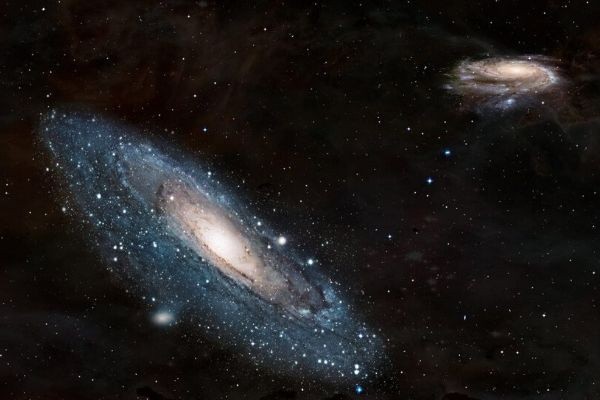The universe is old and calculated at several billions of years or if physicists revise its age. One galaxy, in particular, came to be, because of cosmic chaos that is more powerful than a supernova. An analogy is like the Titanic hitting the iceberg, which is apt because a galaxy is a titanic structure of celestial bodies in space.
It is the Milky Way that our solar system resides in and can be found in the outer rim of it. Our solar system lies far away from the star spawning grounds of the milky way galaxy. It was not always like this, because it did not exist till two galaxies crashed and formed the milky way as it is. A smaller galaxy called "Gaia-Enceladus" hammered in and it was just 11.5 billion years ago. By that time, a different milky way is about 13.5 billion years old and not like it is now.
Astrophysicists are sure that the milk way is made up of smaller galaxies, as cosmic chaos created it. Data collected from sources have confirmed, the milky way is formed from corpses of smaller galaxies destroyed in the chaos.
Scientists used a bright star in the Indus constellation, it can be seen from the earth's southern hemisphere. The star is identified as nu Indi, from calculations and this was already there before the galactic crash. As millions of years go by, and nu Indi's orbit was knocked off orbit when the smaller galaxy hit the milky way. Giving a clue when the two colliding galaxies, formed into the MKG that exist right this moment.
To determine how old a star is like nu Indi, this low mass star pulsed and produce starquakes. Sounds like tones and overtones, that is detected by astrophysicists with instruments. Several factors were adjusted to allow the researchers to make speculations.
Scientists calculated the frequencies from nu Indi's tones and overtones to analyze before final the findings. Star quakes were more than just sound, as they noticed it was a valuable clue to discovering why stars even quake. These factors were relevant to the investigation if nu Indi's was indeed around the pre-formation of the proto-milky way galaxy.
Star quakes gave indications of the inside and outside the structure, without any visuals. Characteristics were speculated on using this data, what phase the star is in, why is it bright, and lastly the age of the star. All these gave scientist away, to determine that nu Indi's was around when the Gaia-Enceladus galaxy added its guts to the enlarged milky way. Guessing the age factor of nu Indu's, help place the simulation in a speculated timeline.
Getting the evidence scientists wanted, was gathered from NASA's Transiting Exoplanet Survey Satellite (TESS), that took reading on Nu Indu's seismic starquakes. TESS will survey areas of the cosmos to look for exoplanets and stars that might hold answers to questions asked. Another source of information is the European Space Agency (ESA) Gaia mission. All these advance observation platforms in space give scientists an eye outside to see the cosmos. By studying star oscillations, in science called "asteroseismology" offers more clued to how stars and how galaxies like the milky way are born.
Article: Collision helped make the Milky Way -- and now we know when

© 2025 ScienceTimes.com All rights reserved. Do not reproduce without permission. The window to the world of Science Times.












